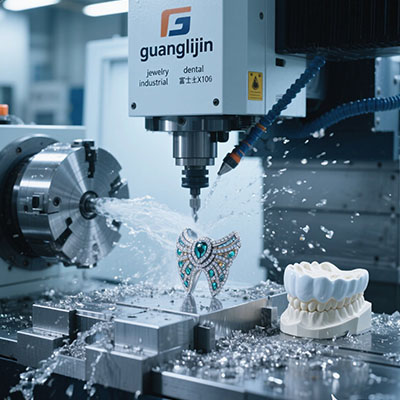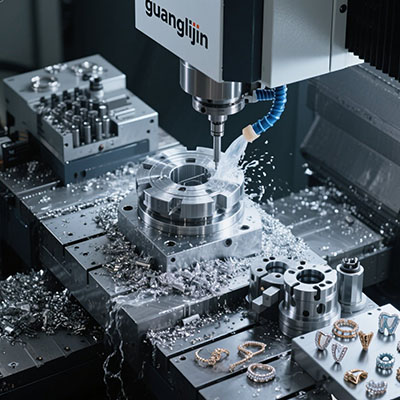5 Axis CNC Machined Components: Industrial-Grade Quality for Demanding Applications
The Manufacturing Challenge: Complexity Meets Precision
Modern industries face unprecedented engineering challenges. Components must be lighter, stronger, and more complex. Traditional machining methods struggle with intricate geometries. Multiple setups introduce alignment errors and dimensional inaccuracies.
Manufacturers need solutions that combine precision with efficiency. They require technology capable of producing complex parts in single operations. This eliminates cumulative errors and reduces production time significantly.
How 5-Axis Technology Revolutionizes Component Manufacturing
Five-axis CNC machining provides unprecedented flexibility. It enables simultaneous movement across five different axes. This capability transforms manufacturing possibilities for complex components.
Lead times decrease dramatically. A 2023 study by the National Institute of Standards and Technology showed 60% reduction in production time for complex geometries. Quality improves through reduced handling and setup changes.
Surface finishes reach exceptional levels. The tool maintains perfect orientation to the workpiece contour. This eliminates manual polishing and secondary operations. It’s ideal for creating industrial-grade 5 axis cnc parts.
Case Study: Aerospace Bracket Innovation
Our engineering team encountered a significant challenge in late 2024. An aerospace client needed a titanium bracket with compound curves and deep pockets. Conventional machining couldn’t achieve the required strength-to-weight ratio.
We developed a custom 5-axis approach. The results exceeded expectations. We reduced the component weight by 35% while maintaining structural integrity. The single-setup machining ensured perfect dimensional stability throughout production.
Project Comparison: 3-Axis vs. 5-Axis Machining
When should manufacturers choose 5-axis over 3-axis machining? The decision depends on multiple factors. Let’s examine two typical industrial scenarios.
| Parameter | Project A: Hydraulic Manifold | Project B: Turbine Housing |
|---|---|---|
| Geometry Complexity | Moderate – Straight channels | High – Organic contours |
| Recommended Process | 3-Axis Machining | 5-Axis Simultaneous |
| Tolerance Requirements | ±0.075 mm | ±0.025 mm |
| Setup Requirements | 3 separate operations | Single operation |
| Surface Finish Quality | Good (1.8 μm Ra) | Excellent (0.6 μm Ra) |
The comparison clearly demonstrates 5-axis advantages for complex work. However, simpler components may not justify the additional programming investment.
5-Step Manufacturing Process for Quality Components
Successful 5-axis machining requires systematic execution. Follow these essential steps for optimal outcomes.
- Design for Manufacturing Analysis: Review CAD models for manufacturability. Identify potential collision zones and machining challenges.
- Strategic Fixturing Design: Develop custom workholding solutions. Ensure complete tool access while maintaining rigidity.
- Advanced CAM Programming: Create optimized toolpaths. Balance material removal rates with tool life considerations.
- Virtual Simulation and Verification: Run complete machine simulations. Detect and resolve potential collisions before machining.
- Precision Machining and Validation: Execute the program with monitoring. Verify critical dimensions using in-process inspection.
Optimizing Industrial Component Manufacturing
Excellent results require more than basic programming knowledge. Tool selection dramatically impacts performance. For example, using the correct tool geometry affects chip evacuation and heat management.
According to data from Gardner Business Media, proper cutting strategies can increase tool life by up to 50%. This significantly reduces production costs over time.
Interestingly, sometimes the fastest machining approach isn’t the most efficient. Slower, more consistent cutting often produces better finishes and longer tool life. It’s about finding the right balance for each application.
Quality Assurance Checklist
Verify these critical points before and during production:
- Material certification matches specifications
- All cutting tools are within wear limits
- Workholding provides adequate clearance and rigidity
- CAM program includes proper approach and retract moves
- First-article inspection covers all critical features
- Documentation includes complete inspection records







